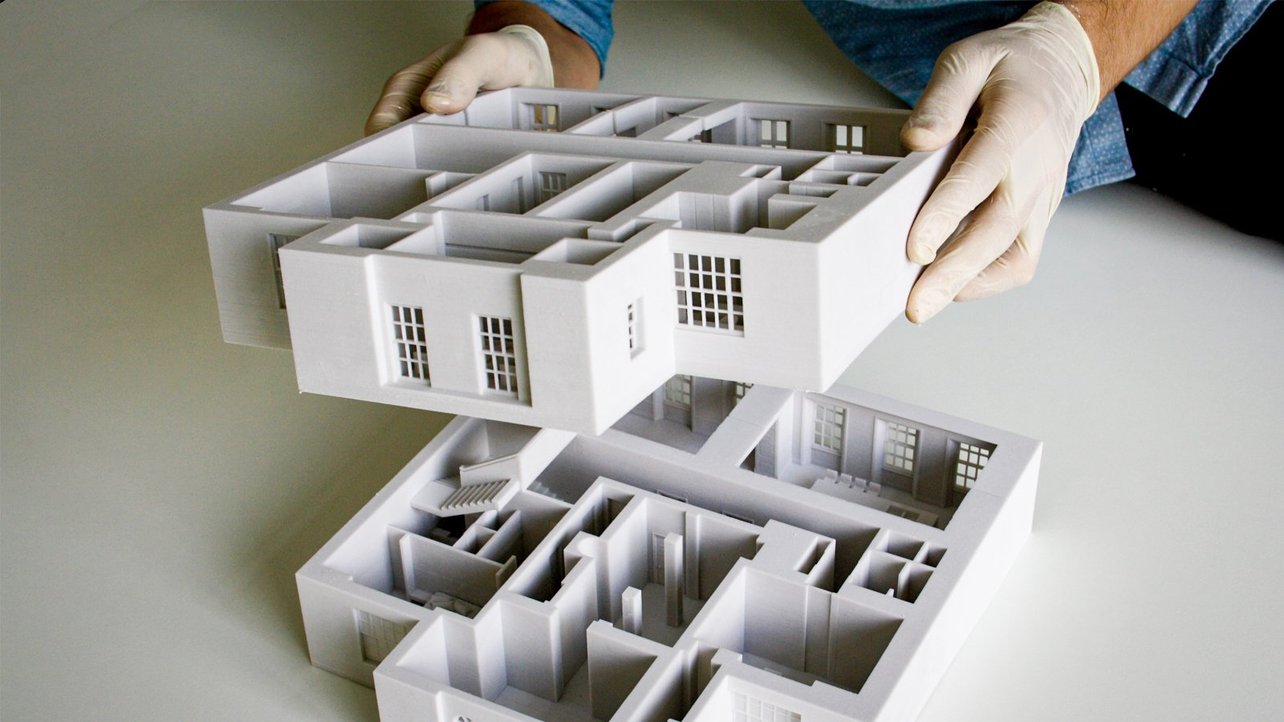About 3D printing
3D priting
Usage of 3D printing
Originally, 3D printing was used for rapid and cost-effective prototyping, but with the advent of cheaper technologies and reduced costs, additional applications emerged. A prime example is small-batch production, which allows companies to manufacture products that are too small to justify the high costs associated with traditional manufacturing setup. Another benefit is the ability to modify a 3D model based on feedback without incurring additional costs.

Jozef Průša at the "printer farm" (6163486_1200x.jpeg (1200×898) (smedata.sk)
Another example is the production of unavailable parts. When repairing antiques or vintage vehicles, replacement parts may not have been available for decades, and often only one piece is needed. The same applies to household appliances, various packaging materials, boxes, or holders.
3D printing has also entered the fields of architecture and construction, providing 3D visualization. Previously, these visualizations were presented in 2D on screens, which wasn't ideal for perceiving space. Architects have transitioned into the 3D space, allowing customers to "walk through" and see their future homes. If we step out of the virtual world, the opportunity for creating physical 3D models arises. Printing offers rapid and cost-effective model production, bridging the communication gap between customers and architects.

3D house model Hobs-3D-modular-model-4-hero.jpg (1284×722) (illustrarch.com)
Personalized manufacturing is another application, where users can print anything they desire. This could involve items like keychains, toys, figurines for tabletop games, replicas, decorations, promotional materials, or various masks and accessories for cosplay[1].

Iron Man mask printed on a 3D printer (eab7232c5d97f77788ce37e4a12d9201.jpg (3264×2448) (pinimg.com))